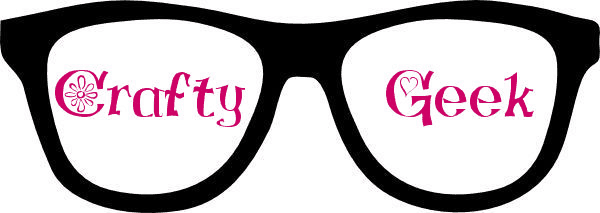I have been wanting to work with epoxy resin for a long time and thought that a small side table (which is my favorite experiment type of furniture since it is flat and small) would be perfect. I found this on Craigslist for free and since it had a lip around the top, I knew this would be perfect for epoxy resin
Prep
First I sanded the sides and legs a little to get them smooth and then used chalk paint in off white (since it had already been sprayed that color) to paint the whole table – top/bottom/sides and legs. Once that was dry, I sealed it with water based Polycrylic from Miniwax and set forth looking for something to set in the epoxy resin.
Puzzle
After watching lots of YouTube videos on using the epoxy resin, I settled on putting in a puzzle. The hardest part was finding one that would fit the top as best as possible. I finally found a cute one of a lighthouse that would perfectly fit width-wise, but was a little short height-wise. I decided that it was good to go and ordered the puzzle.
After it was put together, we sealed it with white glue trying to make sure that we got all of the side edges and in between the pieces (you will see at the end that we were not thorough enough, but we are still happy with it.)
Epoxy Resin
Once the puzzle was dry, we placed the puzzle in the table and then got the epoxy resin ready. We used a 1-1 ration epoxy to hardener and used 16 ounces total which should give us a thin layer on top of the puzzle.
You must mix the epoxy very well and it will introduce bubbles (which you can easily fix) and then pour it on the puzzle. The epoxy resin will self level, but you may need something to help push it around at first (we used a tongue depressor). Once you have it all over the table, use a heat gun or small blow torch to go over the surface to remove the bubbles. They will just disappear with the heat.
Problem
Once you are done, cover the table with something that will keep dust and things floating in the air from it, but won’t accidentally touch the surface. We made that mistake by using a silver insulated bag that we thought would be fine, but the silver material touched and adhered to the top (which we didn’t discover until the next day). It was a little disheartening to see.
Fix
We decided to try to fix it by sanding the top to get the silver material off and it was a lot of sanding. We finally used a rotary sander to help. This made entire top so cloudy and scratched up, you couldn’t even see the design under it. Once all of the silver was removed, we wiped down all of the dust and made sure it was clean (very cloudy and scratched, but clean). Then we poured a new layer and put a piece of foam board on top. You couldn’t even tell that we had an issue before. The top was crystal clear and looked great.
The only issue after that is that the places that we didn’t seal as well (in between the pieces) turned dark due to the liquid epoxy resin soaking into the cardboard. Next time, we will be more careful with that, but we love the way it turned out.






